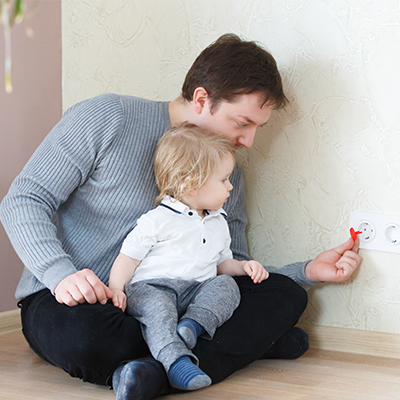When it comes to electricity, leave it for the trained professionals. Call us, we’ll help you!
Utility workers and electricians have years of training and substantial personal protective equipment to work safely around de-energized and energized lines.
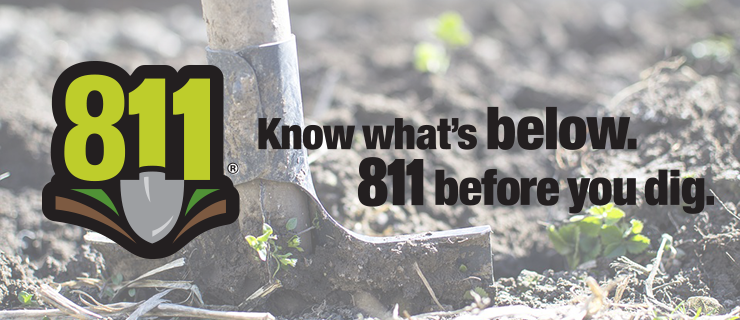
Click or Call Before You Dig
(1-800-292-8989 or 811)
– It’s the Law
It’s not only the law, it’s the smart thing to do! Whether you are a homeowner or general contractor, using a spade or a backhoe, building a deck, a house, a patio, or just planting a shrub, if you’re planning a project that involves digging, you must get in touch with Iowa One Call at 1-800-292-8989. The appropriate utilities will be contacted for you. The utilities send professionals to locate and mark underground utility lines – at no charge to you!
- Give at least 48 hours notice for your locating need.
- The utility location service is free.
- You may also make one easy call to 811 from anywhere in the U.S. and your call will be routed to the appropriate call center.
- Stay at least 24 inches away from either side of the marked lines when you start digging.
- If you’re planting a tree, remember to consider the length of the roots as the tree matures, and don’t plant larger trees below overhead power lines.
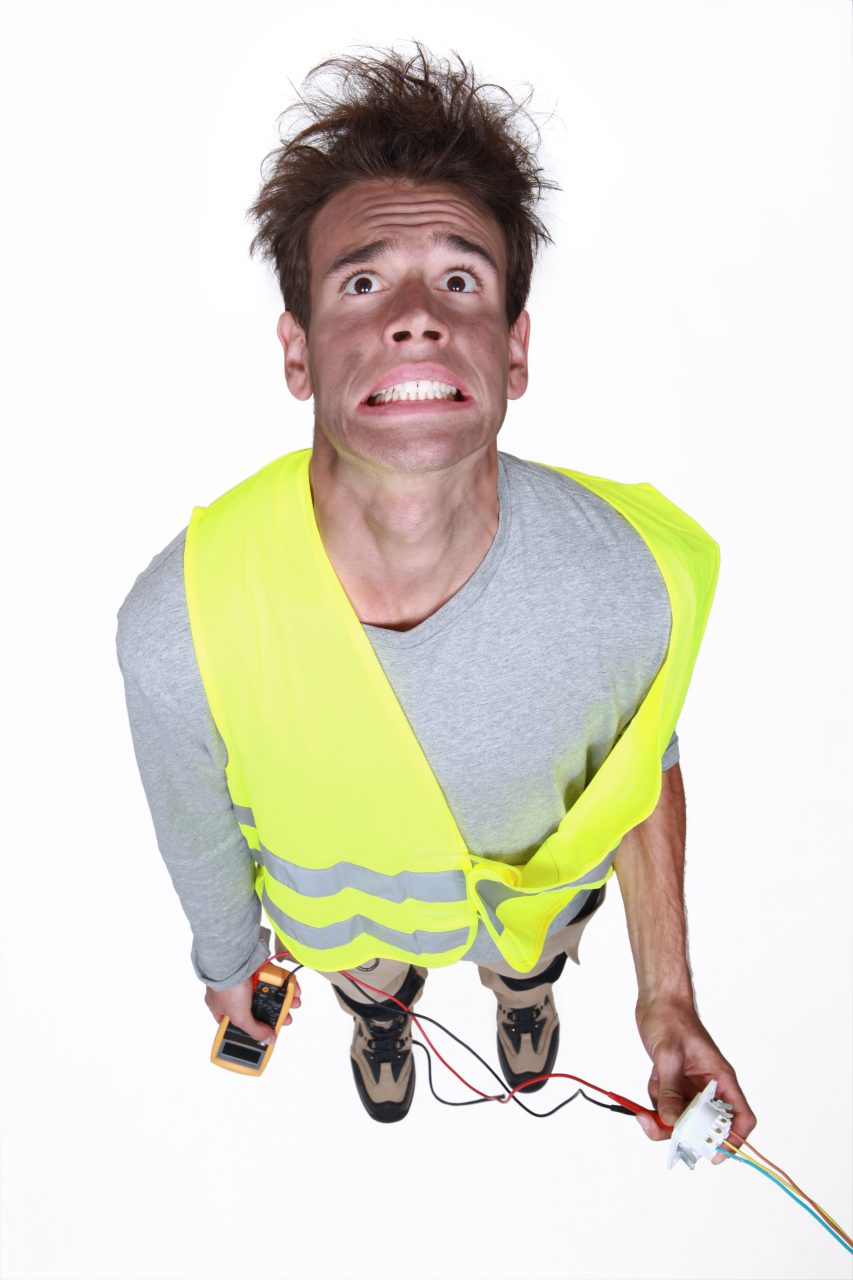
How Electricity Moves Through the Body
While everyone has been shocked by static electricity, coming in contact with an electrical current does more than make your hair stand on end.
- Remember, electricity flows easily through water and the human body -it’s made up of 70% water!
- Muscle contractions lock the victim into the circuit.
- Chest muscles contract, causing difficulty breathing and unconsciousness.
- Heartbeat is interrupted and veins are constricted.
- Burns occur at the entrance and exit points of the current.
- Partial or total paralysis.
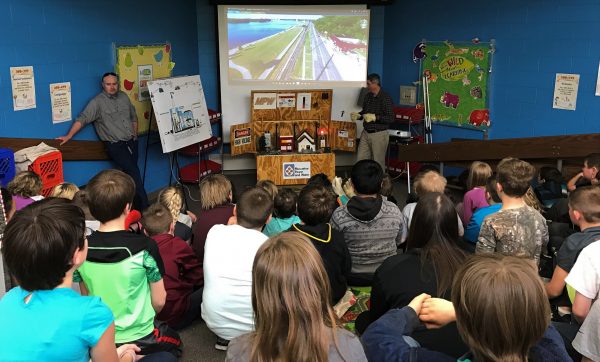
Teaching Electrical Safety
It doesn’t have to be “high-voltage” electricity – touching a bare wire on a string of holiday lights can be enough to cause heart damage. Because electricity travels at the speed of light, you have no chance of pulling away without injury. Safety devices like ground fault circuit interrupters (the outlets with the “test/reset” buttons) make a big difference in reducing the incidence of household electrocutions.
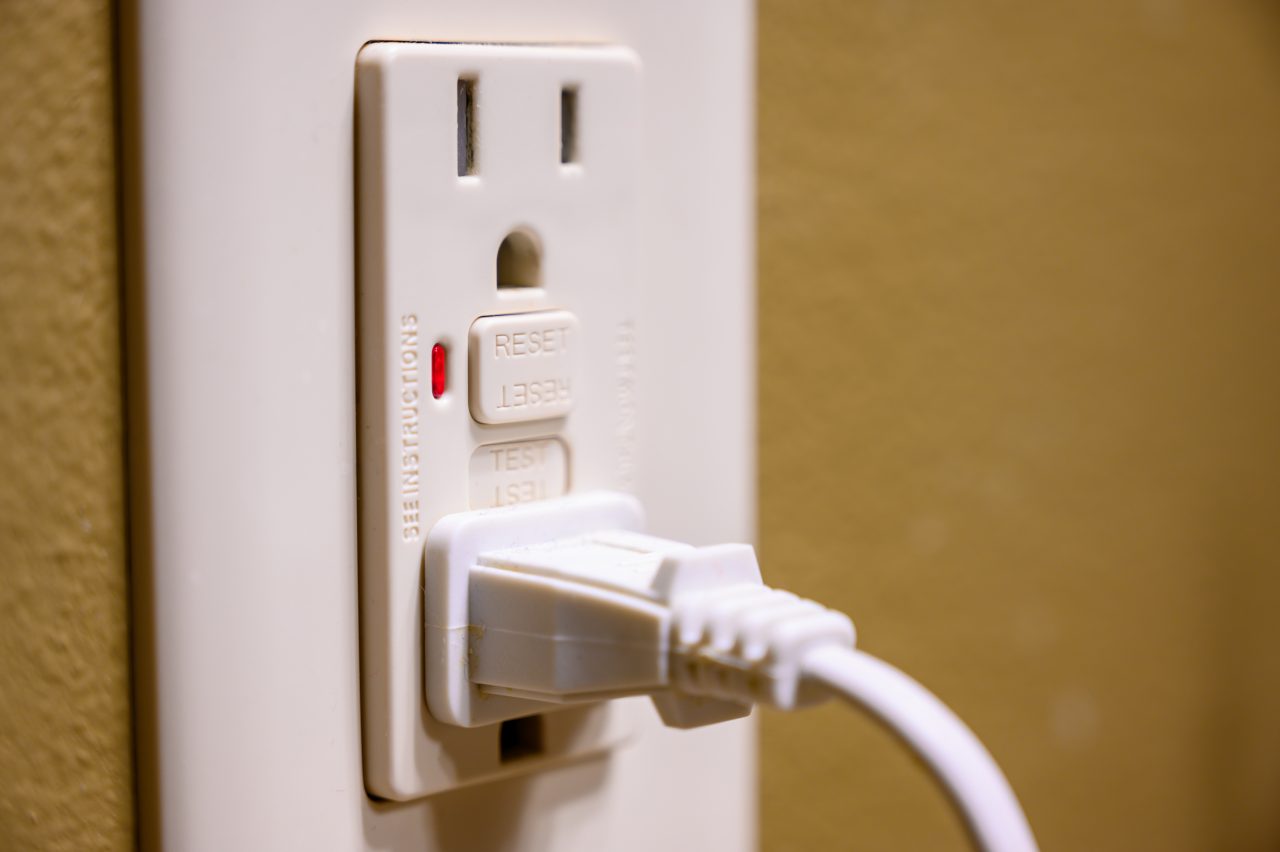
Eliminate Potential Safety Hazards in your Home
DO:
- Cover all electrical outlets and wall switches with cover plates and replace any that are damaged.
- Make sure all electrical devices are in good repair.
- Use extension cords and “cheater” plugs only on a temporary basis.
- Use a quality surge suppresser with enough sockets for every component.
- Keep all electrical devices and cords away from water sources.
- Have GFCI outlets and waterproof covers on all outdoor outlets.
- Flag the fuse or breaker switch so no one else touches it while you’re working.
- Look out for overhead power lines every time you use a ladder or pole. Keep your body, including your reaching distance, at least 10 feet away from any electrical lines.
- Call a professional for help trimming trees near power lines.
- Keep children and pets away from utility equipment, meters and transformers.
- Keep electric meter free of ice and snow during the winter.
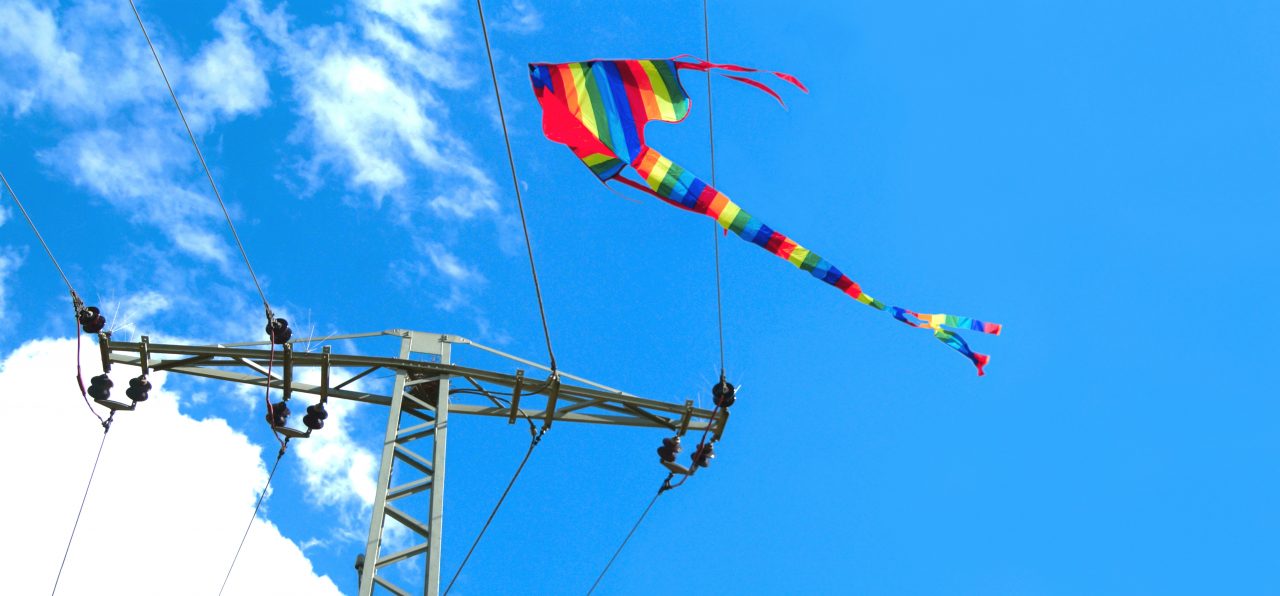
Do NOT:
- Yank electrical cords from the wall – this can damage both the plug and the outlet.
- Attach a cord to another surface with nails or staples – it can damage the insulation.
- Use damaged or brittle electrical cords or extension cords, even if bare wires aren’t visible.
- Fix an electrical appliance or tool while the unit is plugged in.
- Plug one extension cord into another.
- Run cords under furniture or rugs – it can damage the insulating cover.
- Assume the black coating on wires is insulation – it could be just plastic weatherproofing that provides no protection from contact injuries.
- Let kids climb trees or fly kites near power lines.
- Disguise transformers or meters with paint or bushes – a utility worker might need to work safely around it or find it quickly in an emergency.
- Hang signs on utility poles. Nail, staples, or tacks can pose a big danger to workers who must climb the poles.
- Tamper with an electric meter (it’s dangerous and illegal).

Weathering A Storm
Reporting a Power Outage
One the rare occasions that your power might be out, check our to see if there is a known outage in your neighborhood. If not, check the fuses in your electrical panel to see if a circuit breaker has tripped.
If the problem is not within your home, and you don’t see a known outage on our outage map, report your outage online or by calling 263-2631.
If you see downed lines, sparking line, or a fire on a pole, please immediately call us at 263-2631. Your report can help us determine the cause of an outage and get crews get to the outage site quicker.
Avoid Downed Power Lines
If you see downed power lines, stay clear of them and notify MPW immediately at 263-2631. Do not touch or drive over a power line! Always assume a downed line is dangerous, even if it’s not jumping or sparking! Even an experienced lineman cannot tell if a line is energized by looking at it.
Use extreme caution when cleaning up storm damage on your property
downed or damaged power lines can send electrical currents through tree branches and metal fencing. Survey the whole area carefully – especially if you’ll be using a pruning pole, ax, or chainsaw.
Do Not Attempt to Assist Emergency and Utility Crews
Utility crews, along with law enforcement and medical teams, need to reach storm sites quickly to prevent further injury and damage. Curious bystanders and heavy “sightseeing” traffic can seriously hamper efforts to help victims. In the unlikely event that a MPW crew worker is injured while performing repairs, call 911 immediately. Do not attempt to treat them yourself if they are near downed power lines or heavy equipment.
Have an Emergency Plan
Create a storm survival kit and be prepared for the next time Mother Nature strikes. The best way to weather a storm is to have a safety plan in place ahead of time.
Emergency Safety Kit
Keep an emergency kit and make sure everyone knows where it’s located. Keep at least these items in your kit at all times:
- Battery-operated flashlights
- Battery-operated or winding clock
- Battery-operated radio and/or NOAA weather alert radio
- Extra batteries
- First aid kit and manual
- Small fire extinguisher
- Some pillows and blanket
- A stash of books and games to keep everyone occupied
Avoid Using Candles for Lighting
There is an obvious high risk of fire with candles. If you must use candles, place them on a stable surface away from combustible materials, and keep a close eye on children and pets. NEVER leave a candle burning when leaving a room or going to bed.
Unplug as Many Appliances as Possible
This will prevent damage from a power surge when service is restored. After the storm has passed, plug in and turn them on one at a time.
Additional Safety Ideas
Do you Need an Electrician?
By law, power companies can repair only the incoming service line and the meter itself. Repairs to weatherheads, meter boxes, and other hazardous equipment should only be done by a licensed electrician. Attempting repairs yourself is extremely dangerous, with potential for serious injury and fires.
Do Not Enter a Flooded Home or Building
If your home or business is flooded, never enter standing water unless you’re absolutely sure the main power has been shut off. To be safe, you should always assume that basement flood water is energized.
Telephones
If you use a cordless phone, remember it needs electricity and will be useless during an outage. Keep a cellular or corded phone in your home. Print a list of emergency numbers – including MPW’s, which is 263-2631. Keep it in a prominent spot. Store emergency numbers in your cell phone.
Garage Doors
Power garage door openers won’t work in an outage. Know how to open your garage door manually. If you use your garage door opener as a “key” to get into your home, be sure to carry a key for another door.
Electrical Medical Equipment
If anyone in your family depends on electrical medical equipment, it should be noted on your account. Call MPW at 263-2631 or email the HelpDesk to arrange.
Food and Water Supplies
Always have plenty of non-perishable foods, water, and necessary medications on hand in case of an outage. The American Red Cross suggests reserving about three gallons of drinking water per person.
Prolonged Outages
If a major storm or other disaster strikes, widespread damage and blocked roadways can delay repairs. Here’s how to stay safe and warm until the power comes back on:
Heating your Home
NEVER heat a room using a gas stove, oven, or charcoal/propane grills indoors. Using a natural gas, propane, or oil-fired appliance improperly can deplete oxygen from a room, causing asphyxiation or produce carbon monoxide fumes. Make sure you have a carbon monoxide detector in your home.
Gas- or kerosene-powered heaters and generators work but use them with extreme caution. Check your local safety codes and read the manufacturer’s directions carefully.
Note: Carbon monoxide is a colorless, odorless gas produced by burning material containing carbon. Carbon monoxide poisoning can cause brain damage and death. You can’t see it, smell it, or taste it; but carbon monoxide can kill you. When not properly ventilated, carbon monoxide emitted by common household appliances can build up.
Food Safety
Avoid opening the refrigerator or freezer door. Refrigerated food will stay cold up to six hours; frozen food will keep for about two days if the door to the freezer isn’t opened. If the outage will be longer, pack refrigerated items in a cooler of ice.
When the power comes back on, use a thermometer to check the internal temperature of the food – if it’s less than 40 degrees, it’s safe to keep. If frozen foods still have ice crystals, they can safely be refrozen. The American Red Cross has prepared an extensive food safety guide.
Decorate Safely for the Holidays
Many home electrical fires occur during the holidays because of lights and extension cords. Check for cracked or loose sockets and connections, exposed wires, and frayed, broken, or scorched insulation before plugging in any lights – old or new. Put lights on a nonflammable surface and plug them in for 10-15 minutes to check for melting, smoking, or overheating. Throw away any strings showing flaws.

- Make sure your lights are safety certified (labeled “Underwriters Laboratories Approved” or “UL Listed”).
- Use plastic safety covers on all unused outlets and keep cords out of sight and reach. A cord as short as 12 inches can strangle a child.
- Water your live Christmas tree every day and keep light strings from coming into direct contact with branches. If you have an artificial tree, it should be fire retardant.
- Outdoors, make sure the lights and extension cords you use are certified for outdoor use. Plug them into a ground fault circuit interrupter outlet.
- Keep decorations and ladders away from overhead electrical lights and power lines.
- Follow the manufacturer’s guidelines on how many strings of lights can be safely connected together.
Do NOT:
- Leave lights on while you’re sleeping or away from home, use a timer.
- Plug more than three light strings into an extension cord.
- Use metal staples or nails as fasteners for lights. This can damage the protective insulation covering the wires.
- Leave extension cords out in the open and/or at levels where small children or pets can come in contact with or chew on them.
- Run extension cords across sidewalks or driveways.













